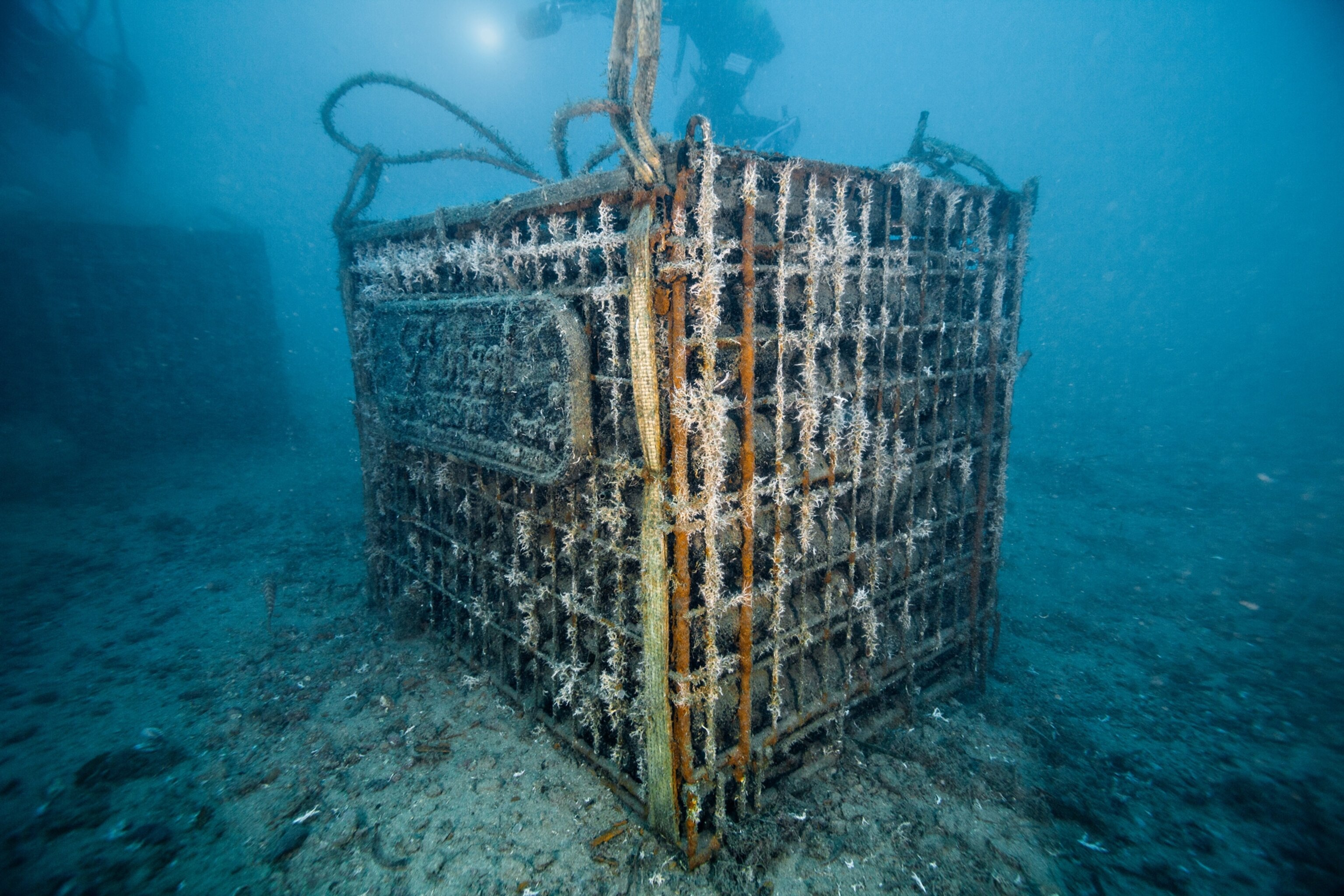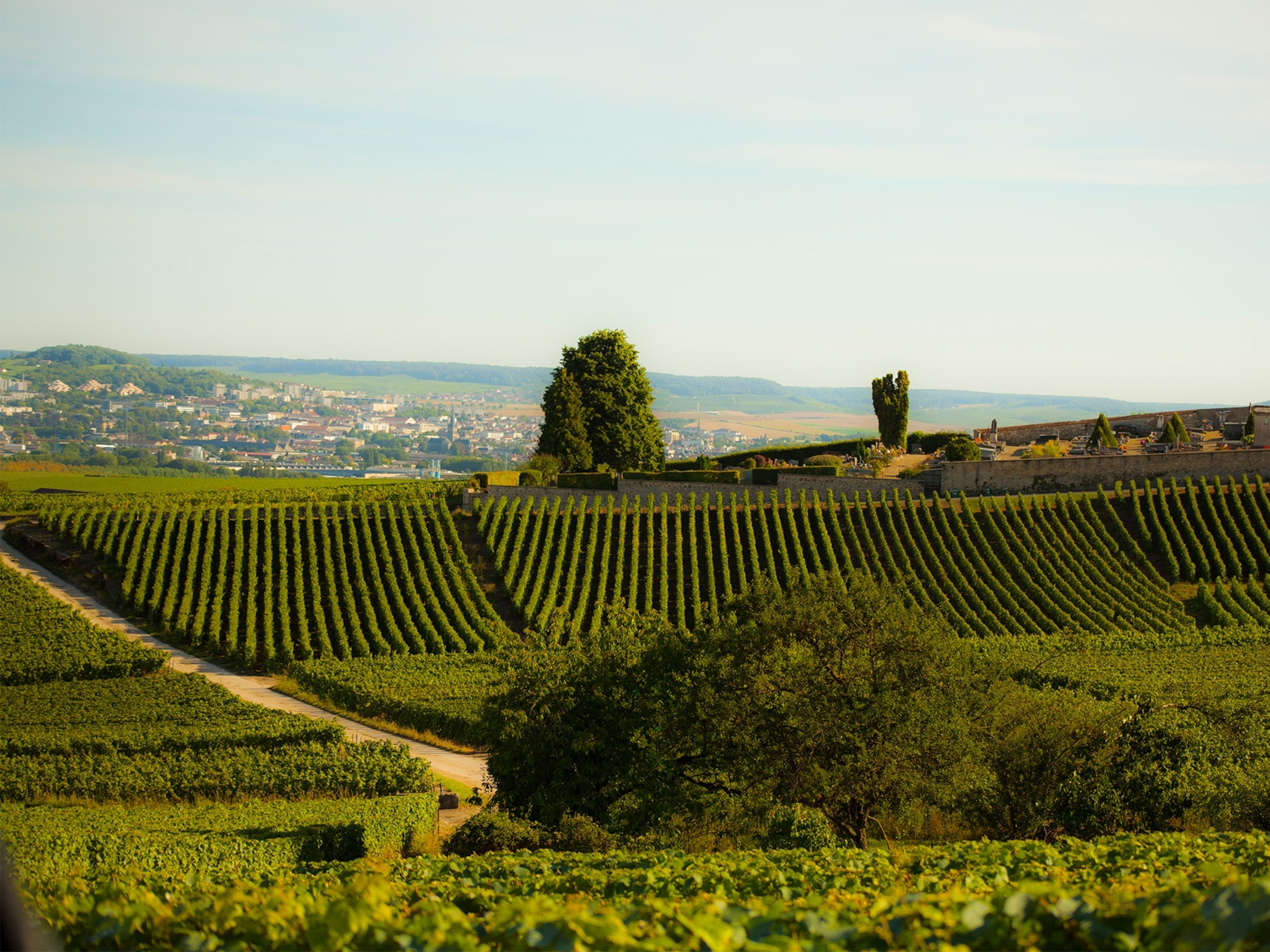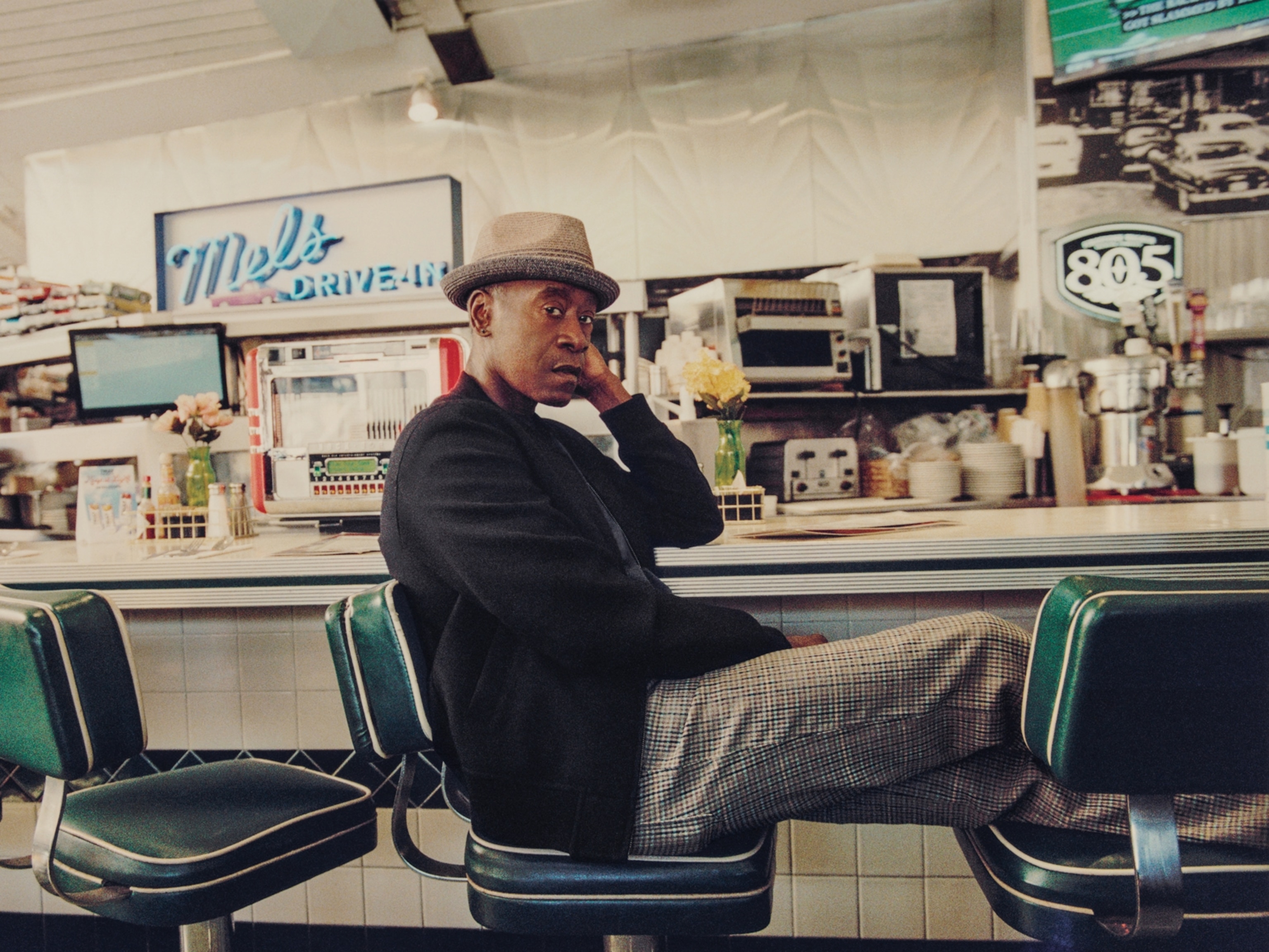
How Shipwrecked Champagne Is Changing Winemaking
Champagne houses and winemakers are aging their products in the deep sea.
In 2010 Dominique Demarville, cellar master for the champagne house Veuve Clicquot, got what he thought was a joke call: 168 bottles of likely the world’s oldest champagne had been found in a shipwreck beneath the Baltic Sea.
Soon Demarville was sniffing and sipping the 170-year-old champagne, which he found sweet and fresh, although some tasters described its initial scent as “wet hair.” The dark, cool sea had preserved it in what researchers called “close to perfect” conditions. Four years later Veuve Clicquot launched Cellar in the Sea. Some 350 bottles were submerged in the Baltic, to be retrieved and analyzed periodically over 40 years.
(Meet the sommelier who tastes water instead of wine)
Connoisseurs have long suspected that wine ages differently underwater. Analyses from a 10,000-bottle-capacity cellar off the Spanish coast by a company called Bajoelagua Factory show that factors like atmospheric pressure and water currents change the chemical compounds in wine.
Napa’s Mira Winery conducted its own taste tests on 240 bottles in Charleston Harbor. When the first case was pulled up in 2013, a sommelier told owner Jim Dyke: “You’ve turned a 2009 cabernet into a 2007 in three months.”





